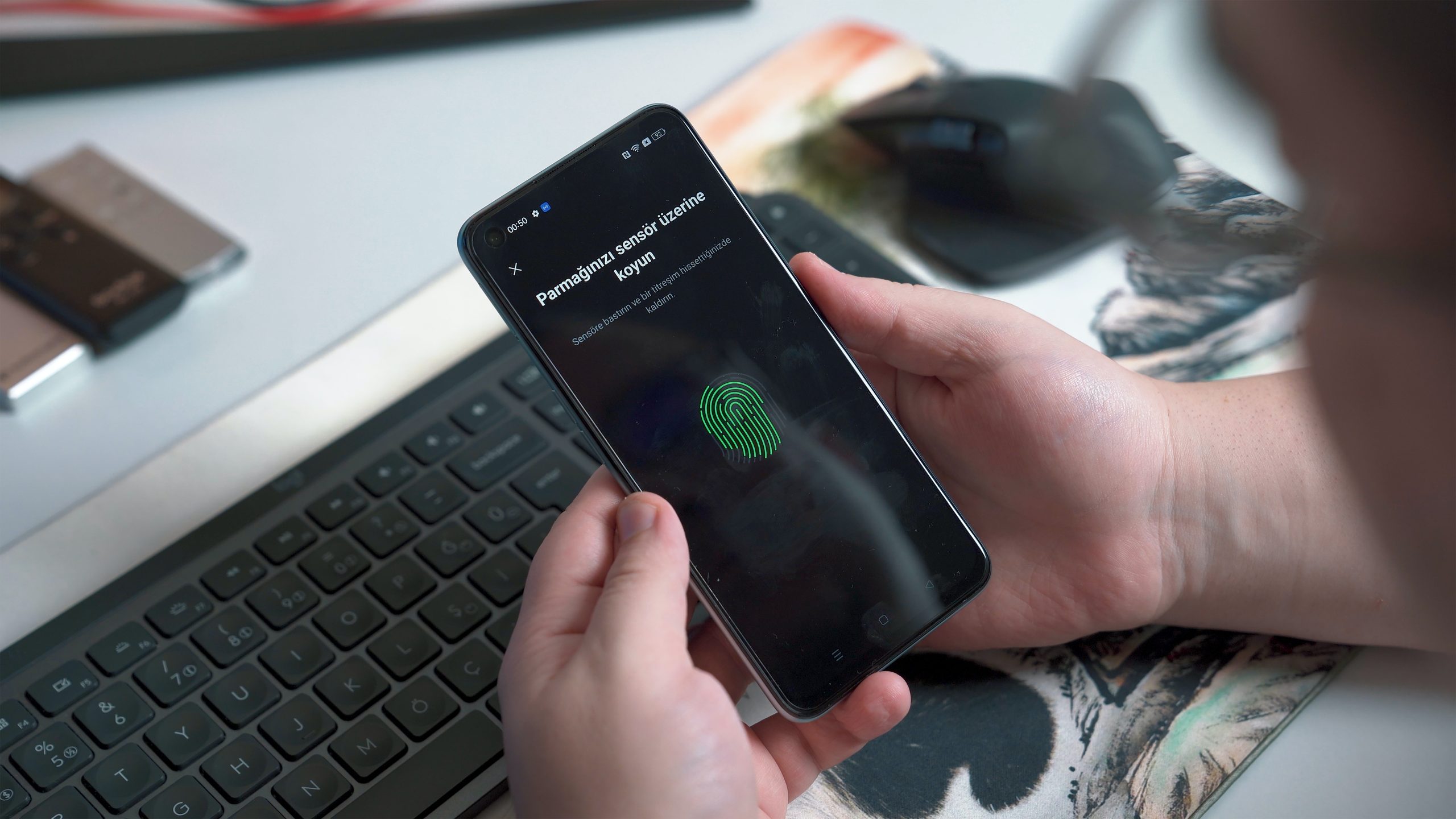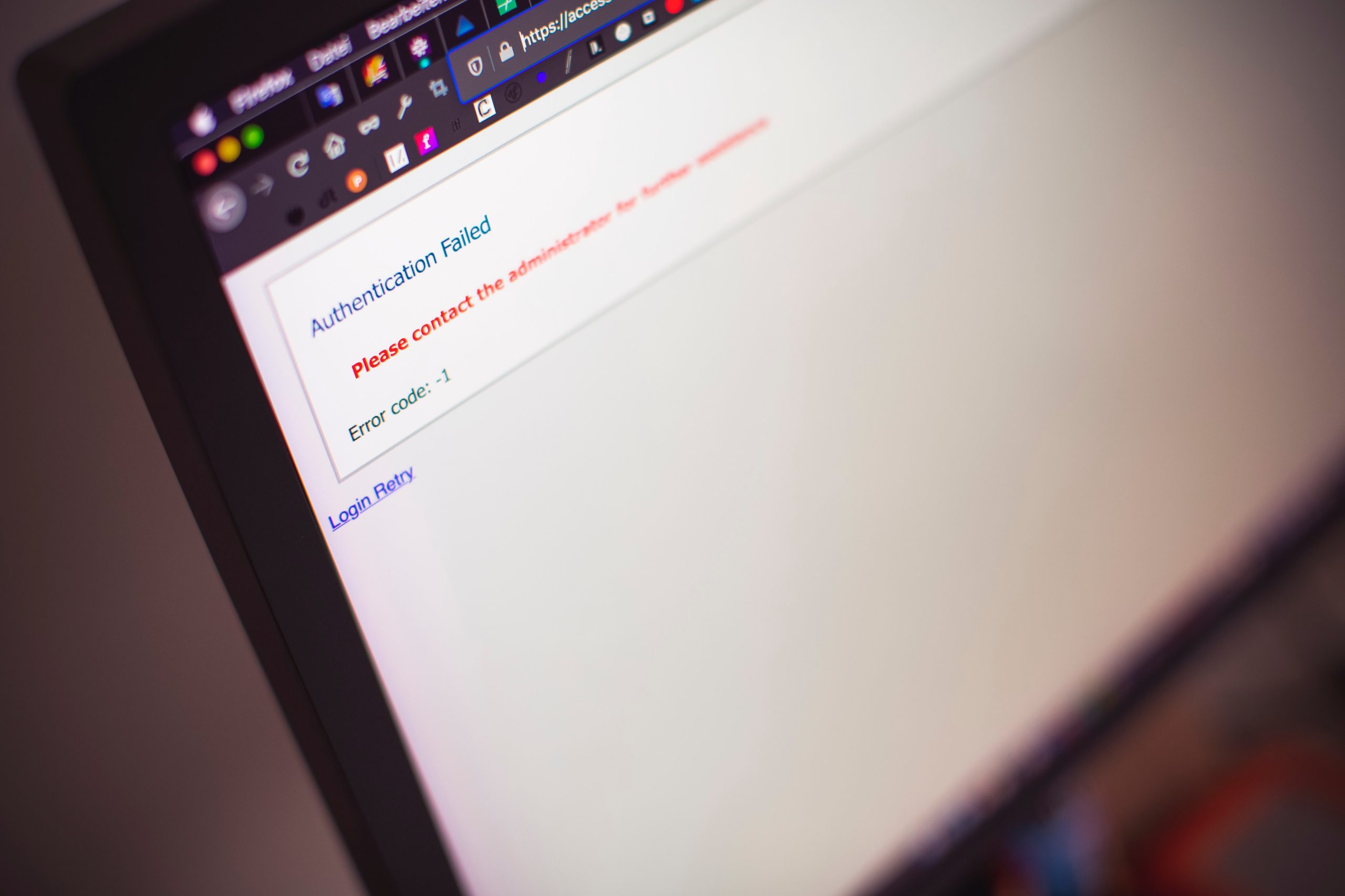Has Multi-Factor Authentication Failed Us?
Picture this: you wake up in the morning, reach for your phone, and within seconds, without even having to type a single password, you’re logged into all your accounts. Sounds convenient, right? But what if I told you that this seemingly foolproof system of authentication has been failing us all along? Yes, multi-factor authentication – the holy grail of online security – may not be as infallible as we once believed. So buckle up as we dive deep into the world of digital security and uncover whether our trusted shield against hackers and cybercriminals is truly living up to its promise.
The importance of multi-factor authentication
The importance of multi-factor authentication cannot be overstated. In today’s digital world, where cyber threats are becoming increasingly sophisticated, relying solely on passwords is no longer sufficient to protect our online accounts and personal information. Multi-factor authentication adds an extra layer of security by requiring users to provide multiple forms of verification before granting access.
One of the main benefits of multi-factor authentication is that it significantly reduces the risk of unauthorized access. Even if a hacker manages to obtain your password through methods like phishing or brute-force attacks, they would still need an additional factor such as a fingerprint scan, facial recognition, or a unique code generated by a secure app on your smartphone. This makes it much harder for attackers to gain control over your accounts and helps ensure that sensitive data remains protected.
Moreover, multi-factor authentication takes into account the human factor in cybersecurity. It acknowledges that humans can make mistakes and can sometimes fall victim to social engineering tactics used by hackers. By requiring more than just a password, this approach provides an added layer of defense against both external threats and potential internal vulnerabilities caused by human error.
In conclusion, multi-factor authentication plays a crucial role in safeguarding our digital identities and reinforcing overall security measures. By embracing this approach, we not only enhance protection against cyber threats but also acknowledge the need for continuous improvement in our security practices. As technology continues to advance and cybercriminals find new ways to exploit vulnerabilities, implementation of robust multi-factor authentication solutions becomes all the more imperative in fortifying our digital lives.
What is multi-factor authentication?
Multi-factor authentication (MFA) is a security measure that adds an extra layer of protection to our digital lives. It involves using two or more different factors to verify our identity when accessing online accounts or systems. Typically, these factors can include something we know (like a password), something we have (such as a smartphone or key fob), and something we are (biometrics like fingerprints or facial recognition).
However, despite its growing popularity and widespread implementation, multi-factor authentication has not eliminated all security concerns. One downside is the inconvenience it often presents to users. With multiple steps involved in the authentication process, it can sometimes feel time-consuming and cumbersome. Furthermore, MFA may not be foolproof against advanced hacking techniques, such as SIM swapping or clever social engineering tactics employed by cyber criminals.
Yet, instead of viewing multi-factor authentication as a failed concept altogether, we should shift our perspective towards improving its implementation and educating users on best practices. For example, making the authentication process more seamless through technologies like push notifications or biometric verification could enhance user experience without compromising security. Additionally, continuous innovation in fraud detection algorithms and educating users about common hacking methods could help mitigate risks associated with MFA. It is crucial to recognize that while multi-factor authentication may not be perfect on its own, it remains an essential component in minimizing the risk of unauthorized access and protecting sensitive information in an increasingly digital world.

The benefits and limitations of multi-factor authentication
One of the main benefits of multi-factor authentication (MFA) is the added layer of security it provides. By combining something the user knows, like a password, with something they physically possess, like a smartphone or smart card, MFA significantly reduces the chances of unauthorized access. This can help safeguard sensitive information and protect against identity theft or data breaches.
However, MFA is not without its limitations. One major drawback is that it can be inconvenient for users to set up and use multiple factors for authentication. Remembering passwords alone can be challenging, and adding additional steps such as entering a verification code or using biometric data may frustrate some individuals. In addition, implementing MFA may require additional infrastructure or technology investments on the part of organizations, which could increase costs and complexity.
Despite these limitations, MFA still plays a crucial role in enhancing cybersecurity. It provides an extra security layer that makes it more difficult for malicious actors to gain unauthorized access to accounts or systems. While there are challenges associated with its adoption and usage, the benefits outweigh these drawbacks in most cases. As technology evolves and new authentication methods emerge, MFA will likely continue to evolve as well, improving both convenience and security for users in the future.
Recent breaches and vulnerabilities
Recent years have seen a seemingly never-ending parade of high-profile data breaches and vulnerabilities, leaving many to question the effectiveness of multi-factor authentication (MFA). From the devastating SolarWinds attack to major healthcare providers falling victim to ransomware, it is clear that no industry or organization is immune to cyber threats. This raises concerns about whether MFA has failed us in protecting sensitive information and providing the much-needed security.
One issue that has emerged with MFA is its reliance on SMS-based verification. Although initially considered a secure method, recent breaches have shown otherwise. Hackers have found ways to intercept SMS codes through techniques like SIM swapping and phishing attacks, rendering this traditional method unreliable. As a result, using SMS verification as the sole layer of protection can make organizations susceptible to unauthorized access and compromise their entire security infrastructure.
Moreover, some vulnerabilities within MFA systems themselves have been exploited by sophisticated threat actors. For instance, a flaw known as EvilGnome was discovered in certain Linux desktop environments that could bypass MFA when an attacker physically accessed the targeted machine. This highlights the importance of not only implementing robust authentication methods but also regularly patching and updating systems to address any potential weaknesses.
These recent breaches and vulnerabilities serve as stark reminders that while multi-factor authentication is an essential component of cybersecurity, it alone cannot guarantee complete protection against evolving threats. Organizations must embrace a holistic approach by combining MFA with other advanced security measures like biometrics or behavioral analytics for better defense against unauthorized access attempts. Additionally
Alternative solutions to strengthen security
With the increasing sophistication of cyber threats, it’s clear that traditional methods of security like passwords and multi-factor authentication (MFA) are no longer enough to keep our sensitive information safe. Thankfully, there are alternative solutions emerging that promise stronger security measures.
One such solution is biometric authentication, which relies on unique physical or behavioral traits of an individual to verify their identity. This can include fingerprints, facial recognition, voice patterns, or even behavioral characteristics like typing speed and mouse movements. Unlike passwords or MFA codes, these traits are much harder to replicate or steal, making biometric authentication a highly effective and secure option.
Another promising alternative is blockchain technology. By decentralizing information storage and using cryptography to ensure its integrity and security, blockchain offers immense potential in strengthening data protection. With every transaction recorded across multiple nodes in a network, it becomes nearly impossible for cybercriminals to tamper with the system without detection. Additionally, blockchain eliminates the need for centralized authorities as it allows users to securely store and exchange data directly with one another.
As we continue to witness frequent data breaches and account compromises despite using multi-factor authentication systems that were previously deemed foolproofs; exploring alternative methods of securing our digital lives becomes vital. Biometrics offer unique identifiers that are difficult if not impossible for criminals to replicate while blockchain technology reimagines how we store sensitive information safely by removing single points of failure through decentralization. It’s time we embrace these innovative solutions as the next line of defense in safeguarding our online identities

Conclusion: Evaluating the effectiveness of multi-factor authentication
In conclusion, evaluating the effectiveness of multi-factor authentication requires us to consider both its strengths and weaknesses. On one hand, multi-factor authentication adds an extra layer of security by requiring users to provide multiple forms of verification. This significantly reduces the chances of unauthorized access to sensitive information or accounts. It is also worth noting that as technology continues to evolve, so does the sophistication of cyber threats. Multi-factor authentication acts as a strong deterrent against these evolving attacks.
However, it is important to acknowledge that multi-factor authentication is not foolproof. Despite its benefits, there have been instances where this form of security has been bypassed or compromised. For example, hackers have found ways to intercept one-time passcodes through tactics like SIM swapping or phishing attacks. Additionally, some users may find multi-factor authentication cumbersome and time-consuming, leading them to opt for less secure options.
Ultimately, while multi-factor authentication offers an added layer of protection and remains a valuable tool in our arsenal against cyber threats, it should not be viewed as a panacea for all security issues. Implementing other security measures alongside multi-factor authentication can effectively bolster overall protection and combat potential vulnerabilities. Whether it’s adopting stronger password hygiene practices or regularly updating software and systems – a comprehensive approach will ultimately help strengthen our defenses against ever-evolving cybersecurity threats.
